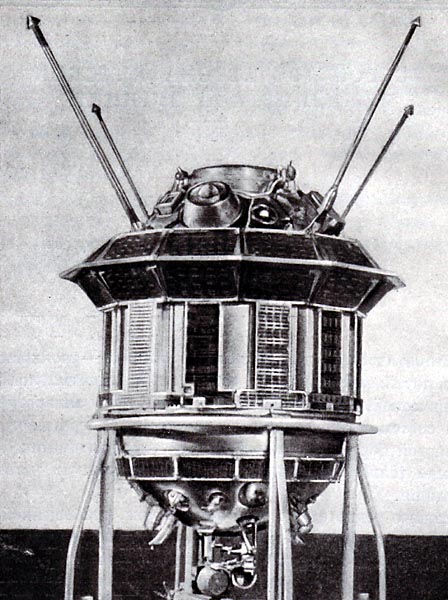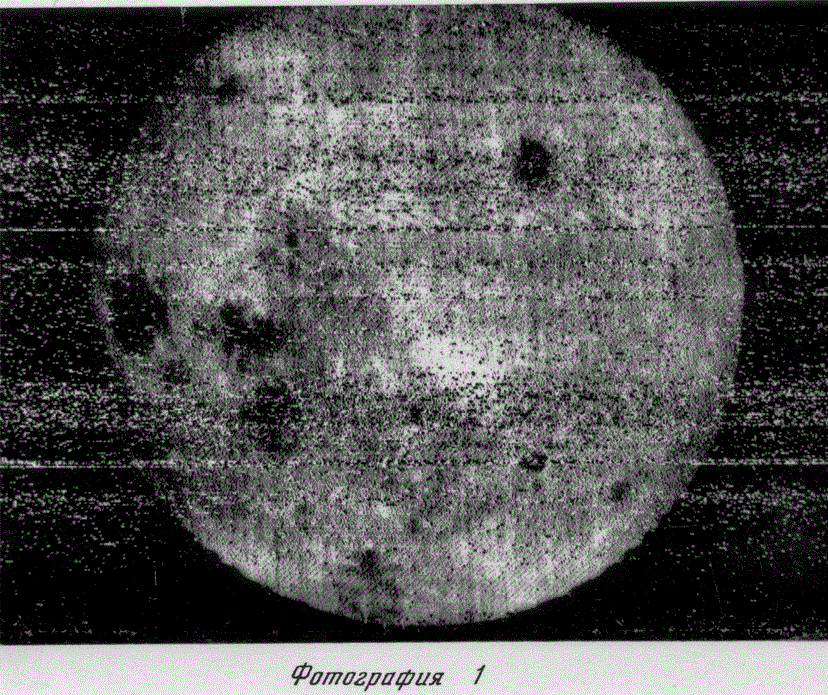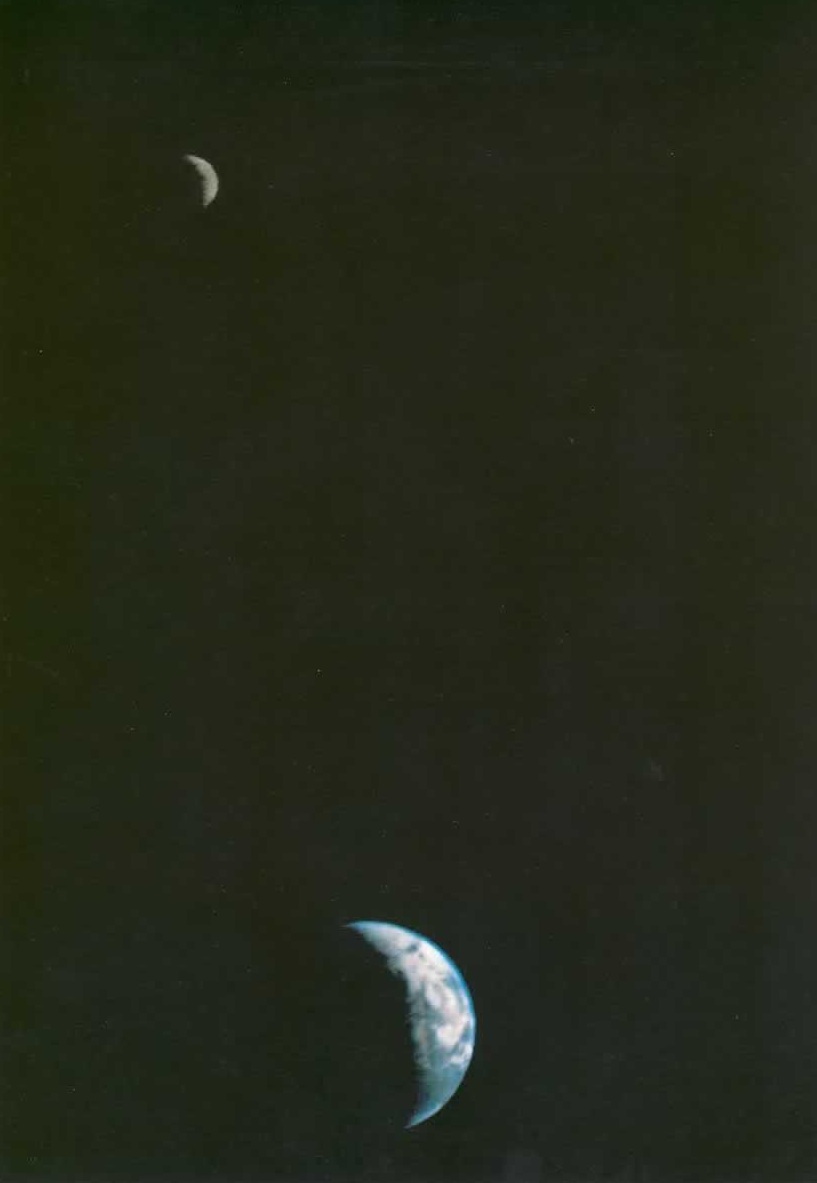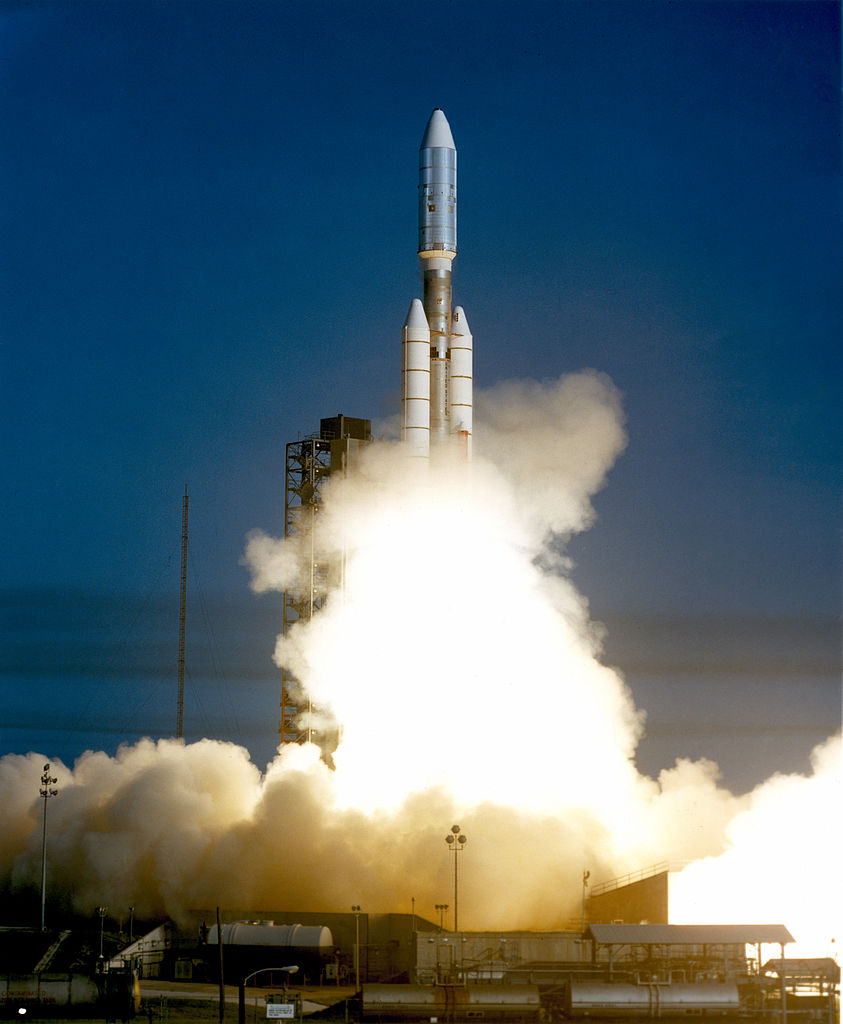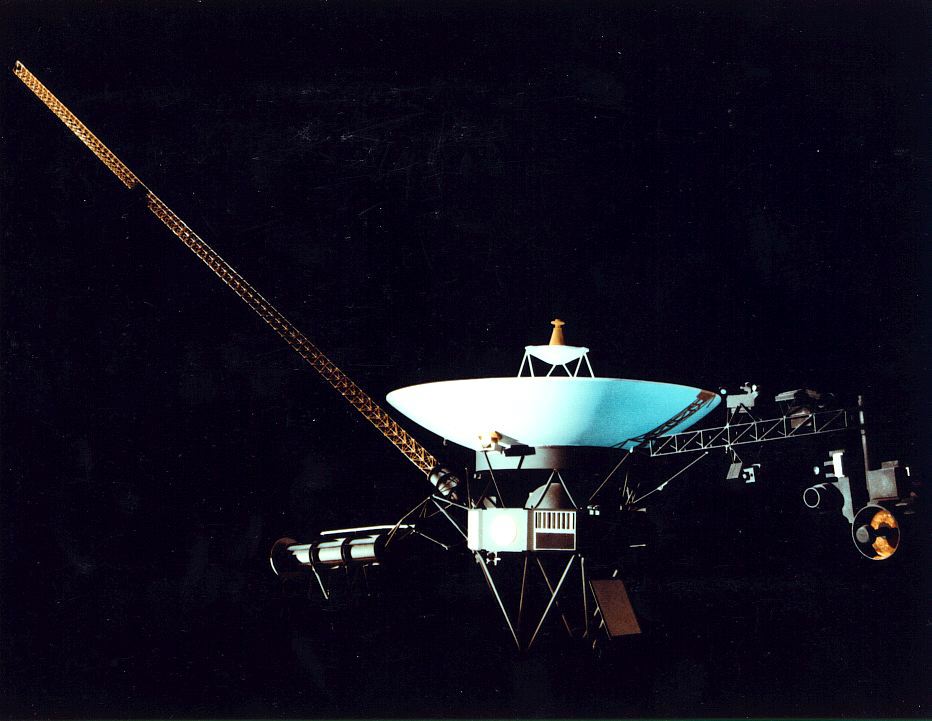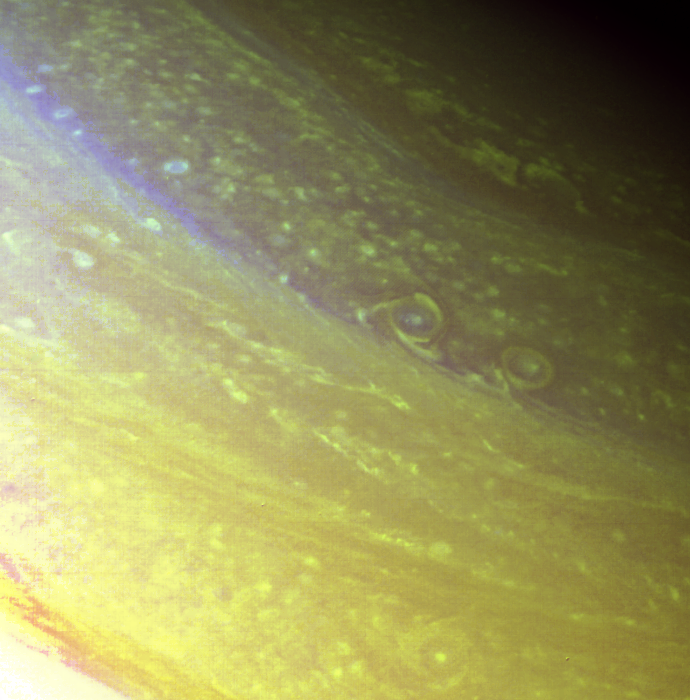

22 October 1975, 05:13 UTC: The lander from the Soviet space probe Venera 9 touched down on the surface of the planet Venus, at approximately 32° south latitude, 291° east longitude.
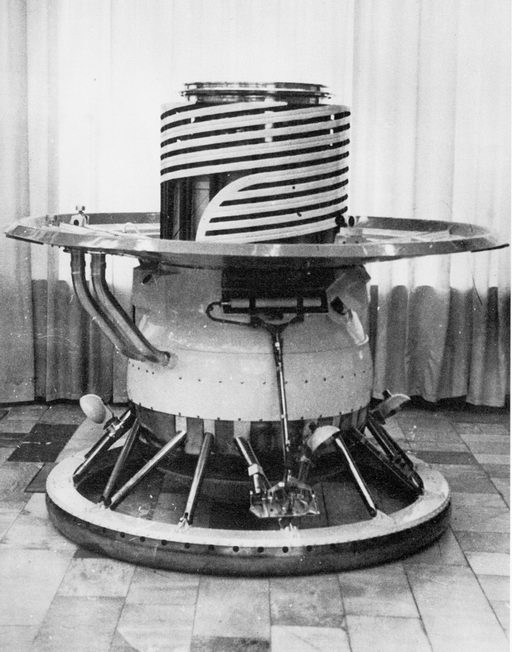
The images and other data was transmitted to an orbiting section of Venera 9 for relay to Earth. The lander sent signals for approximately 53 minutes before the orbiter traveled out of range.
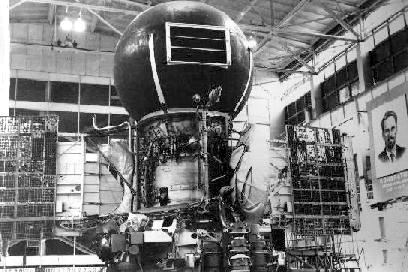
Venera 9 had been launched from the Baikonur Cosmodrome aboard a Proton-K rocket, 8 June 1975. The space probe weighed 4,936 kilograms (10,882 pounds).
Once in orbit around Venus, the spacecraft separated into the orbiter and lander. As the lander descended to the surface, data was collected about the planet’s atmosphere. A 40-kilometer (25-mile) deep layer of clouds was studied. The cloud bases were about 35–40 kilometers (22–25 miles) above the surface. The clouds contained hydrochloric and hydrofluoric acid, bromine and iodine.
At the planet’s surface the atmospheric pressure was 90 times that of Earth’s. The temperature was measured at 485 °C. (905 °F.).
© 2016, Bryan R. Swopes
